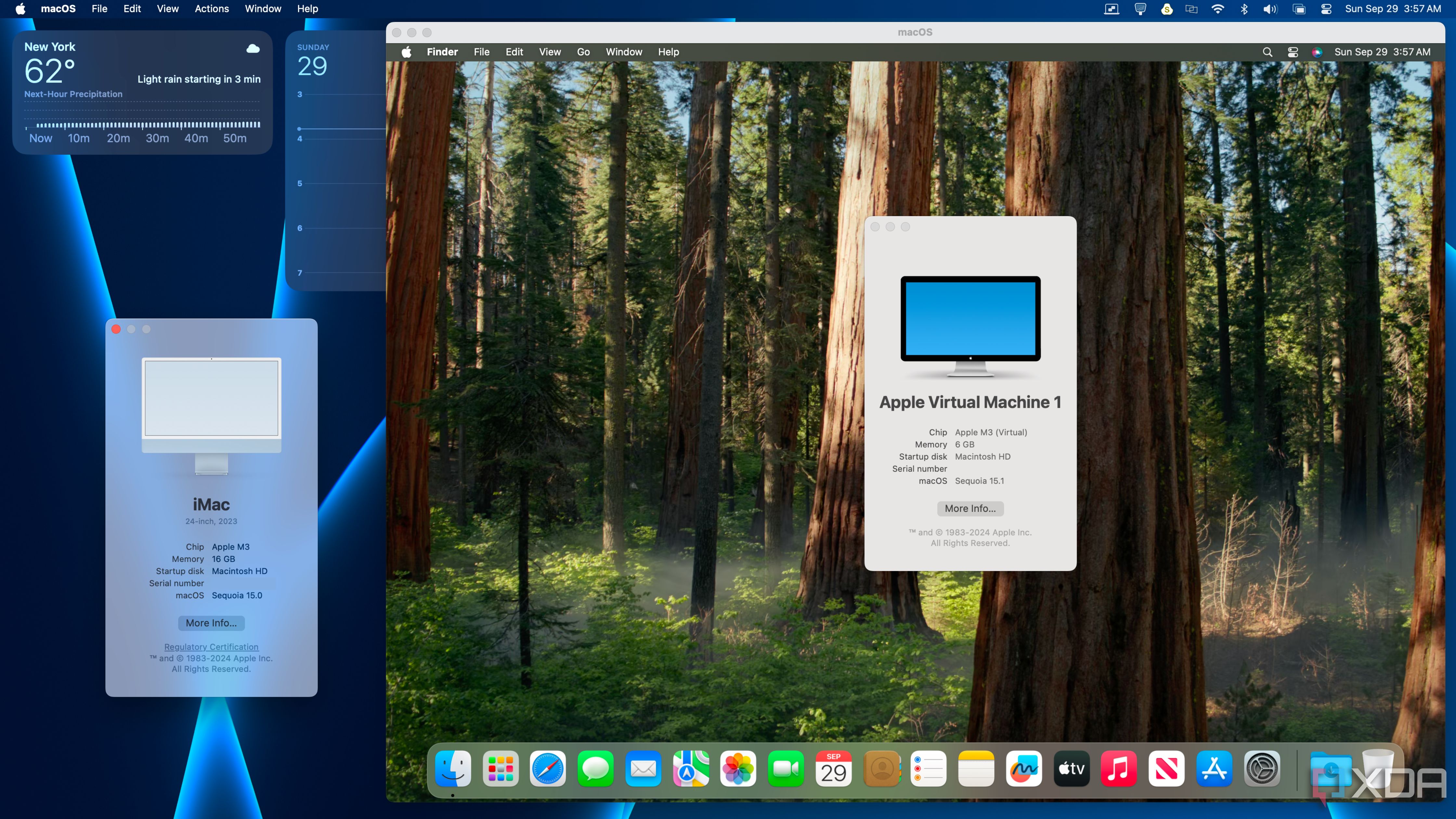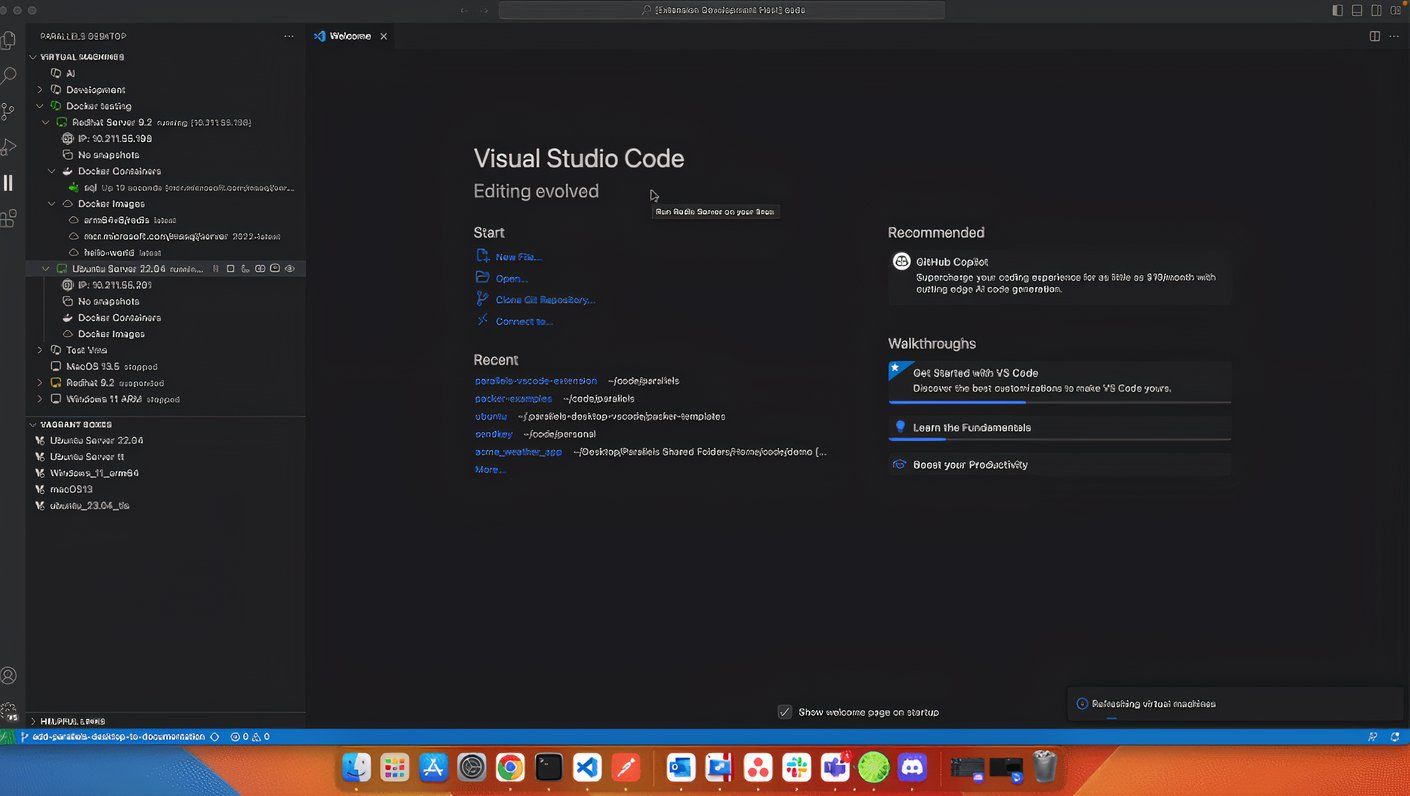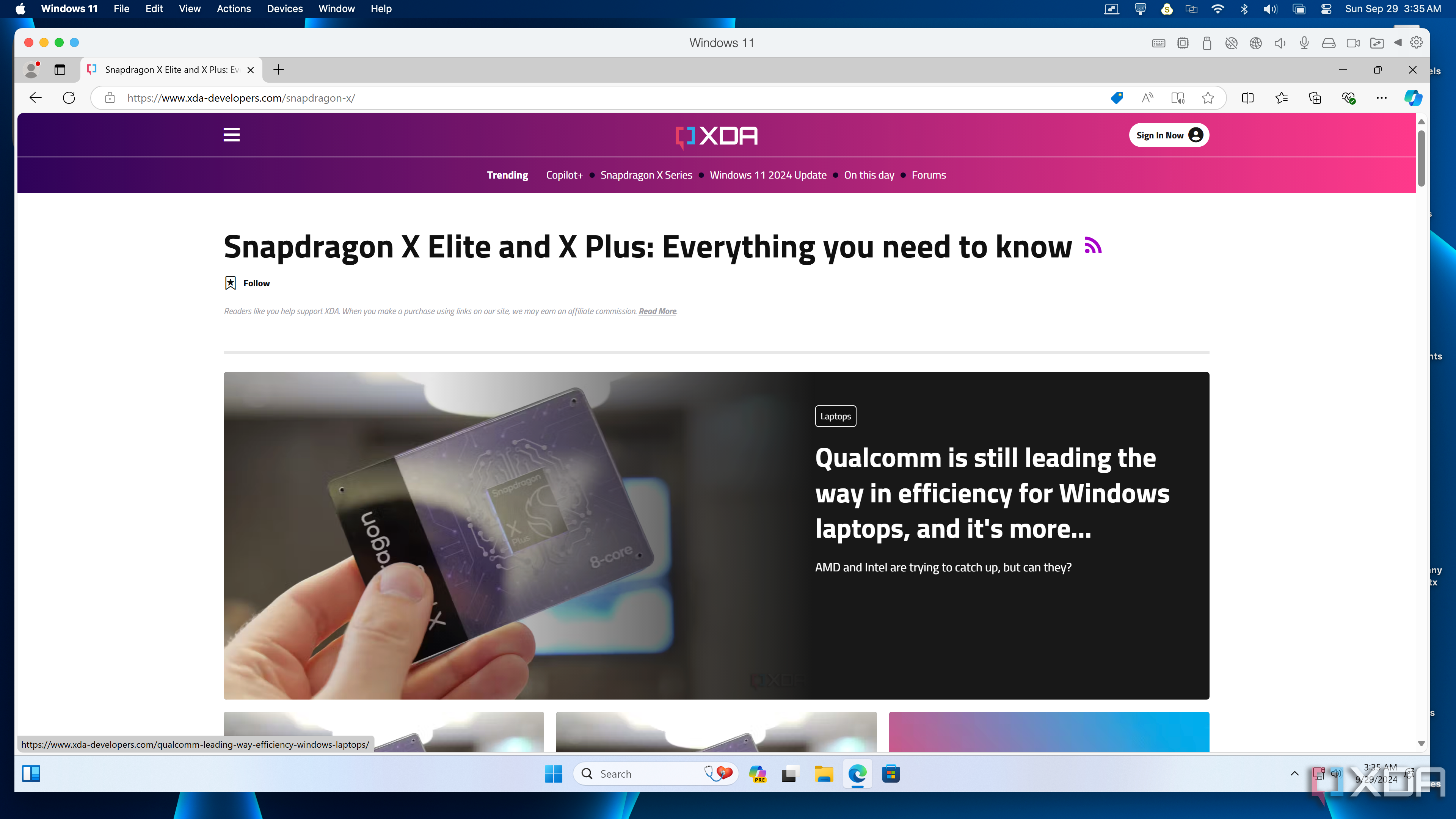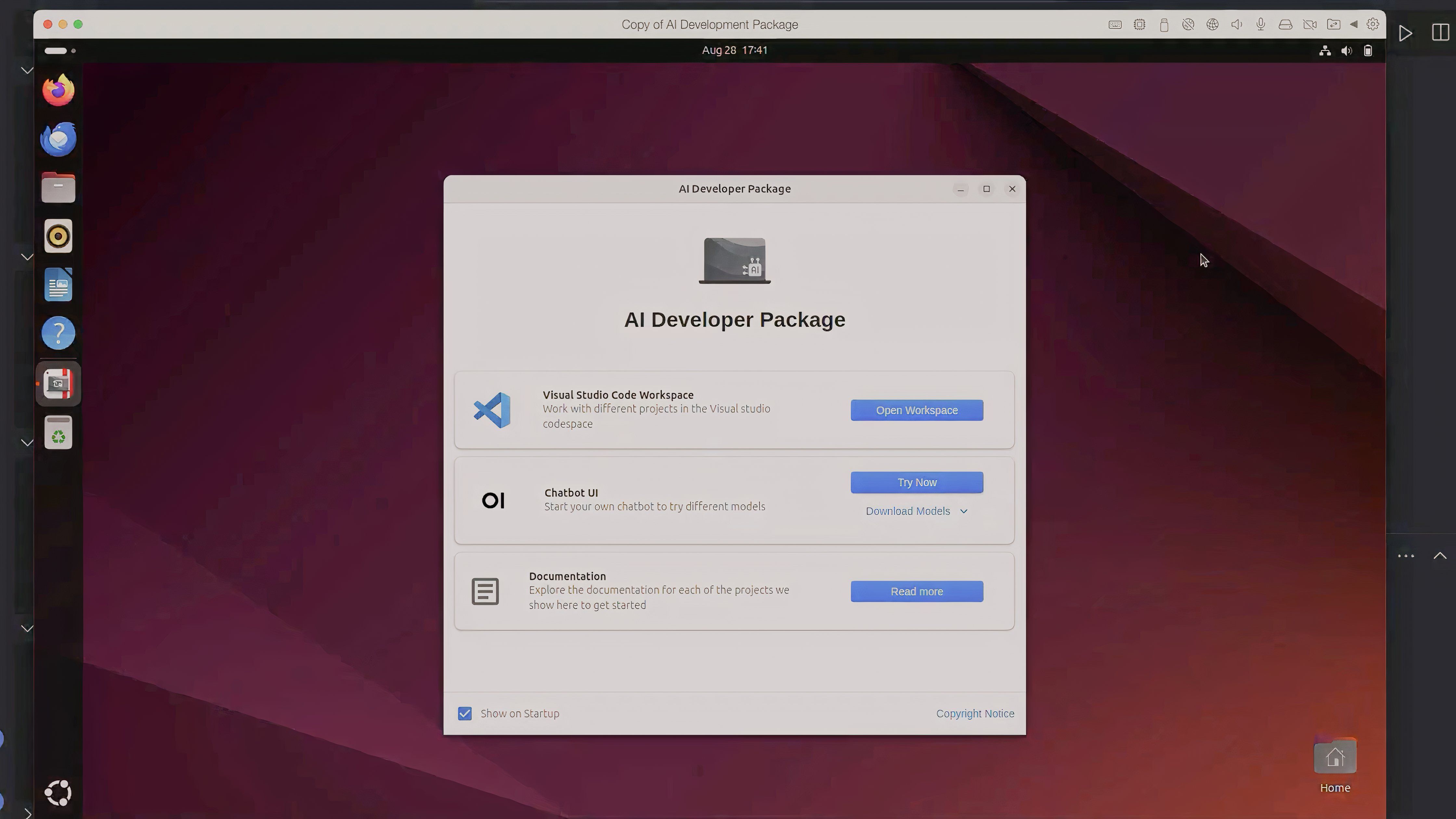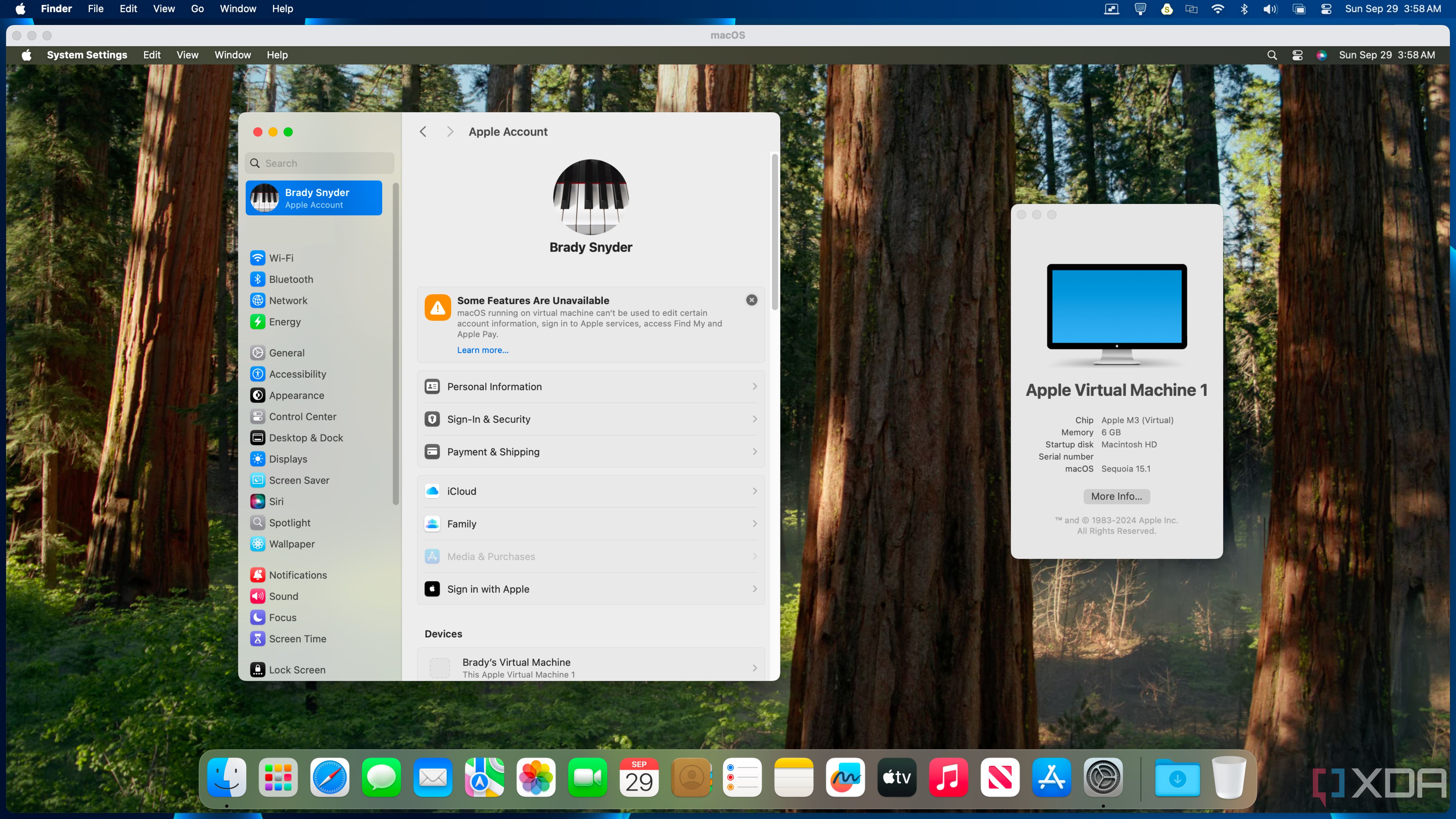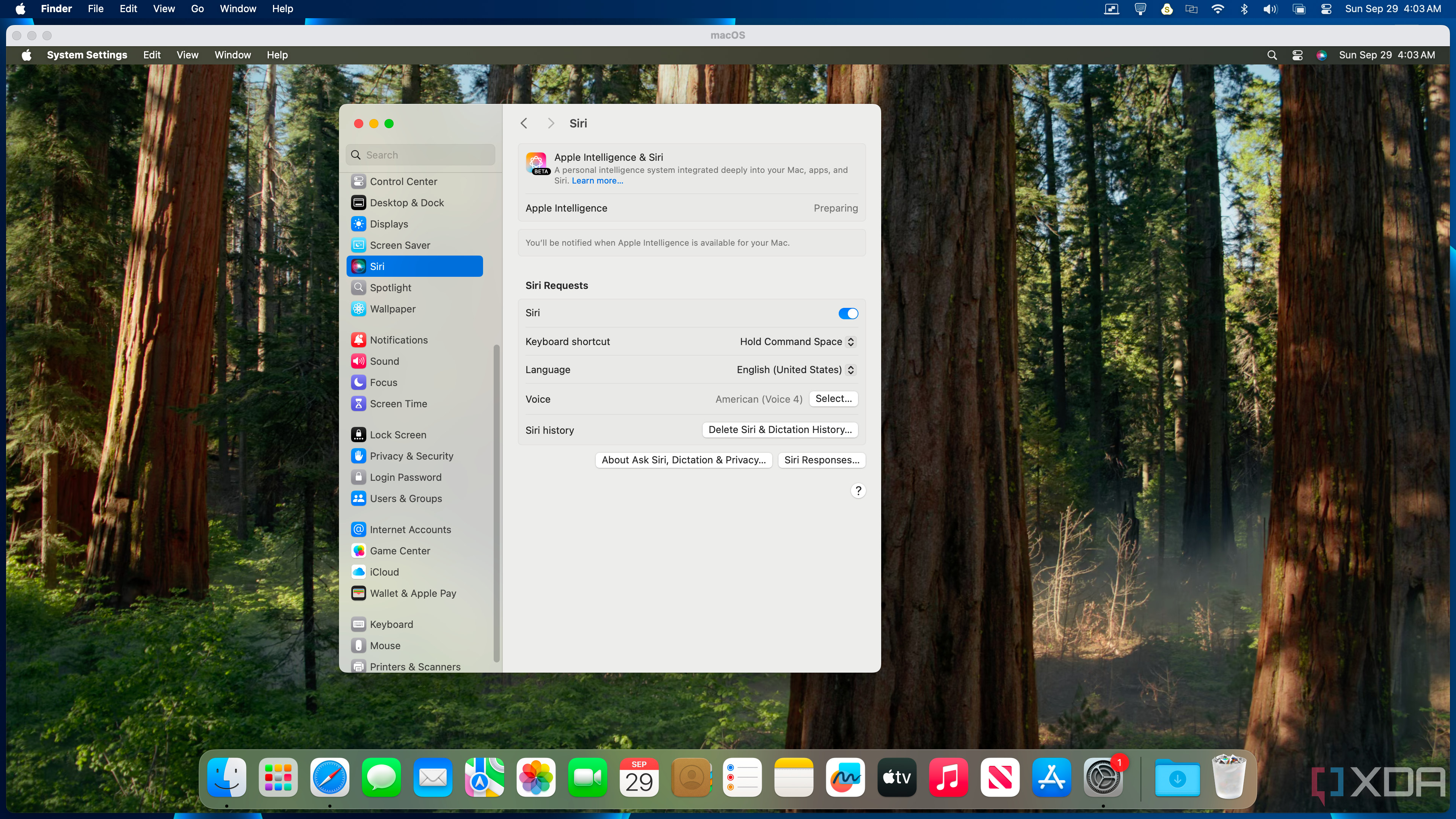
5 cool new things you can do with Parallels Desktop 20
Parallels Desktop 20 for Mac is here, and it’s still the best virtualization software for macOS. I thought last year’s release was a pretty big update, with support for Touch ID in Windows 11 VMs, but this one looks to be even more exciting. For one, you can now sign in to an Apple Account on a macOS Sequoia virtual machine with Parallels Desktop, which enables a whole bunch of new use cases — from Apple Intelligence to iMessage.
If you’re new to Parallels, or Mac virtualization in general, you might be surprised by how much it can do. It’s a fun tool for people who like playing around with VMs, plus it’s a critical piece of software for people who need to run Windows 11 apps on their new Mac. Let’s break down five of the most exciting features to ship with Parallels Desktop 20 for Mac.
I received a Parallels Desktop 20 for Mac license for testing, but Parallels had no input in the contents of this article.
5 Run the macOS 15.1 beta and use Apple Intelligence
Experience all the benefits of Apple Intelligence with none of the risks
Parallels Desktop 20 packs a few key upgrades that, when put together, enable you to run the macOS 15.1 beta and use Apple Intelligence. First off, the software officially supports macOS Sequoia. You can download the macOS 15.1 Sequoia developer beta restore image from Apple’s Developer Downloads page, load it into Parallels, and create a VM with the developer beta inside. This will enable you to test the upcoming Apple Intelligence features before they officially release without risking your system with bugs or instability.
A macOS 15 computer virtualizing a macOS 15.1 operating system.
I did manage to test the macOS 15 developer beta running Parallels Desktop 19, but it wasn’t as useful. That version doesn’t support signing in to an Apple Account, but Parallels Desktop 20 does — and we’ll expand on why that matters later. This means you can enroll in the Apple Intelligence waitlist with your Apple Account through your virtual machine. When accepted, the VM will automatically start pulling the necessary models and files to use on-device AI.
Parallels hasn’t shared much about it yet, but the company plans to bring Apple Intelligence to Windows 11 when the stable release of macOS 15.1 Sequoia is rolled out.
4 Use Copilot to manage VMs with the Visual Studio Code extension
Making adjustments to your virtual machines has never been easier
Source: Parallels
For developers and pros using multiple virtual machines, Parallels Desktop 20 integrates with Visual Studio Code with a free extension. The VS Code extension itself has been around for a while, but this year, there’s support for Microsoft Copilot. You could already use a Visual Studio Code extension to manage and interact with all your Parallels Desktop virtual machine from a unified hub. Now, Copilot support means that you can use natural language to issue commands for controlling VMs, making the entire process easier.
3 Run Windows 11 on Arm with your Apple silicon Mac
Parallels is the official way to use a Windows on Arm virtual machine within macOS
If you’ve been following the Windows world lately, you probably have noticed that Windows on Arm has seen a big boost since the first wave of Qualcomm Snapdragon X laptops launched. While the platform might not be great at running games, it’s pretty powerful when it comes to productivity. That’s good news for Mac users, because Parallels Desktop 20 is the official way to use Windows 11 on Arm with Apple silicon Macs.
Parallels itself has improved optimization for a few apps, like ArcGIS Pro, LabVIEW, Ninja Trader. Additionally, all the apps that are being ported to Windows on Arm as part of the Snapdragon movement should also work with Windows 11 VMs in Parallels Desktop 20. The Prism emulator that’s part of Windows 11 on Arm is improved, too, which should lead to a performance boost while running non-native apps inside VMs.
2 Use the new Parallels AI Package
With the Visual Studio Code extension, you can use 14 dev toolsets in contained environments
Source: Parallels
AI is the buzzword of the year (and last year, really), and Parallels Desktop 20 tries to get in on the trend with the Parallels AI Package. The idea behind the AI Package is that it’s an affordable way to test AI models and features in isolated virtual machines. The package includes 14 development toolsets, and they’ll help run small language models within an offline VM. It’s baked into the Visual Studio Code extension, and there’s an official YouTube video that’ll help you get started.
1 Sign into your Apple ID on macOS Sequoia VMs
This addition to Parallels Desktop 20 on Apple silicon Macs fixes a massive limitation
As a seasoned Parallels user, I never thought I’d see the day when you could activate a Parallels virtual machine with an Apple Account. Well, you can do just that in Parallels Desktop 20 with macOS Sequoia — albeit with some limitations. iCloud Backup, Find My, iCloud Mail, Apple Media Services, and Apple Wallet are not available for use with VMs. Interestingly enough, some of those features are available if you use iCloud.com within the virtual machine.
Nevertheless, you’ll notice that many macOS Sequoia features requiring an Apple Account will work with Parallels Desktop 20. Apple Intelligence is the big one, especially while it’s in beta. However, staples like iMessage and iCloud Drive are completely functional. In practice, this means you’ll likely be able to use macOS VMs as you normally would a typical Mac, without running into the roadblocks that were common while using past versions of Parallels desktop.
There are so many features on macOS that rely on iCloud and your Apple Account, so the lack of support in the past was a glaring limitation. Now that Parallels Desktop 20 and macOS Sequoia support signing in to an Apple Account with a virtual machine, Parallels’ virtualization suite is much more compelling.
Who should buy Parallels Desktop 20?
Parallels is arguably the best virtualization software for macOS, and it’s now even better for Apple silicon computers. The ability to sign in to an Apple Account, use the latest versions of macOS Sequoia and Windows 11, and take advantage of Windows on Arm’s app support growth are real advantage to this year’s version of Parallels desktop. For power users and developers, the AI and VS Code support will give you a safe environment to test workflows and manage multiple VMs at once.
I’m personally excited about trying out all the Apple Intelligence features early by running a developer beta of macOS Sequoia on my iMac all year long. It’s my main work machine, so I won’t install a dev beta on it outright. That’s too risky, but Parallels gives me a way to test out the latest AI tools with no risk at all.
If you like experimenting with virtual machines or rely on them for your job, Parallels Desktop is worth it. However, I’d recommend paying extra for the one-time purchase instead of going with the annual subscription. It’ll save you money in the long run if you don’t feel like upgrading each year.
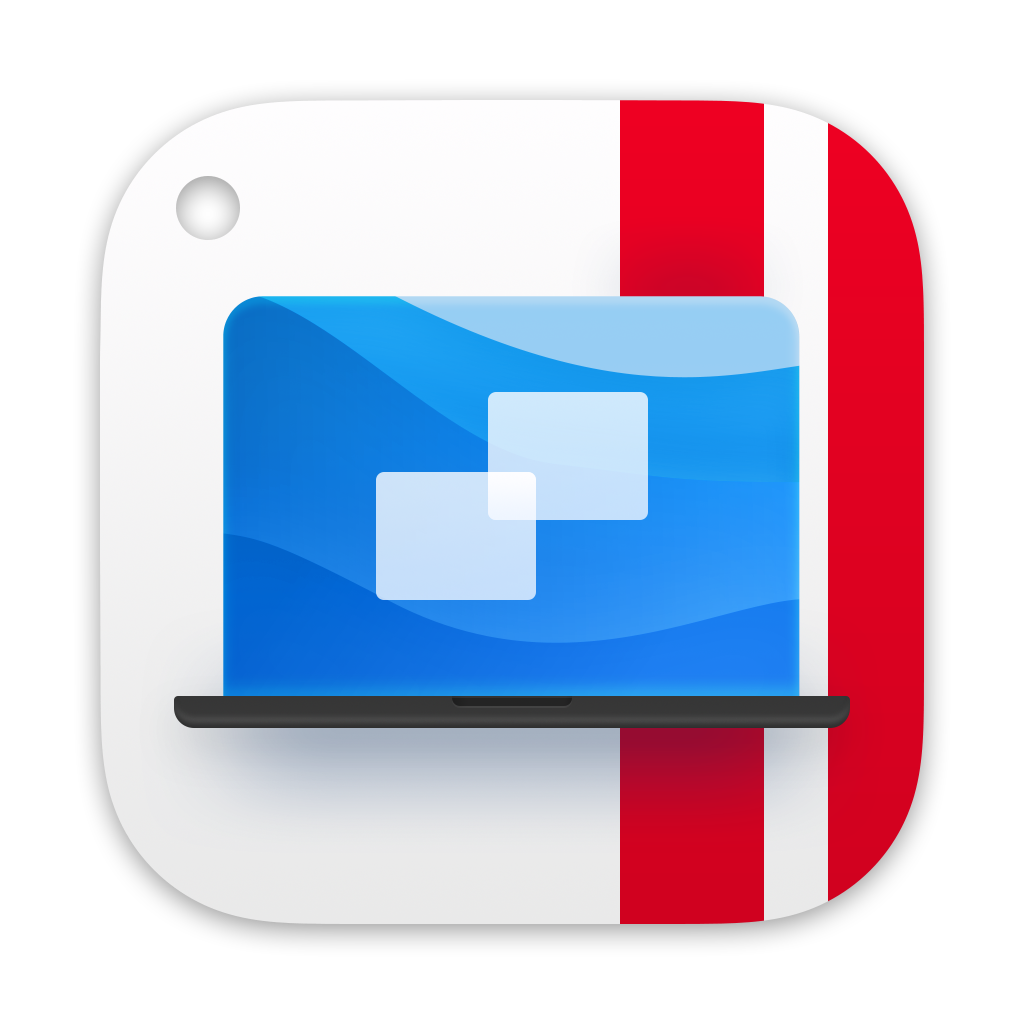
Parallels Desktop 20
Parallels Desktop 20 is the latest edition of the top virtualization software for macOS and ChromeOS. The standard edition is available for $100, but there are pro and business versions available for a higher fee. You can choose between a cheaper subscription or a one-time purchase.
